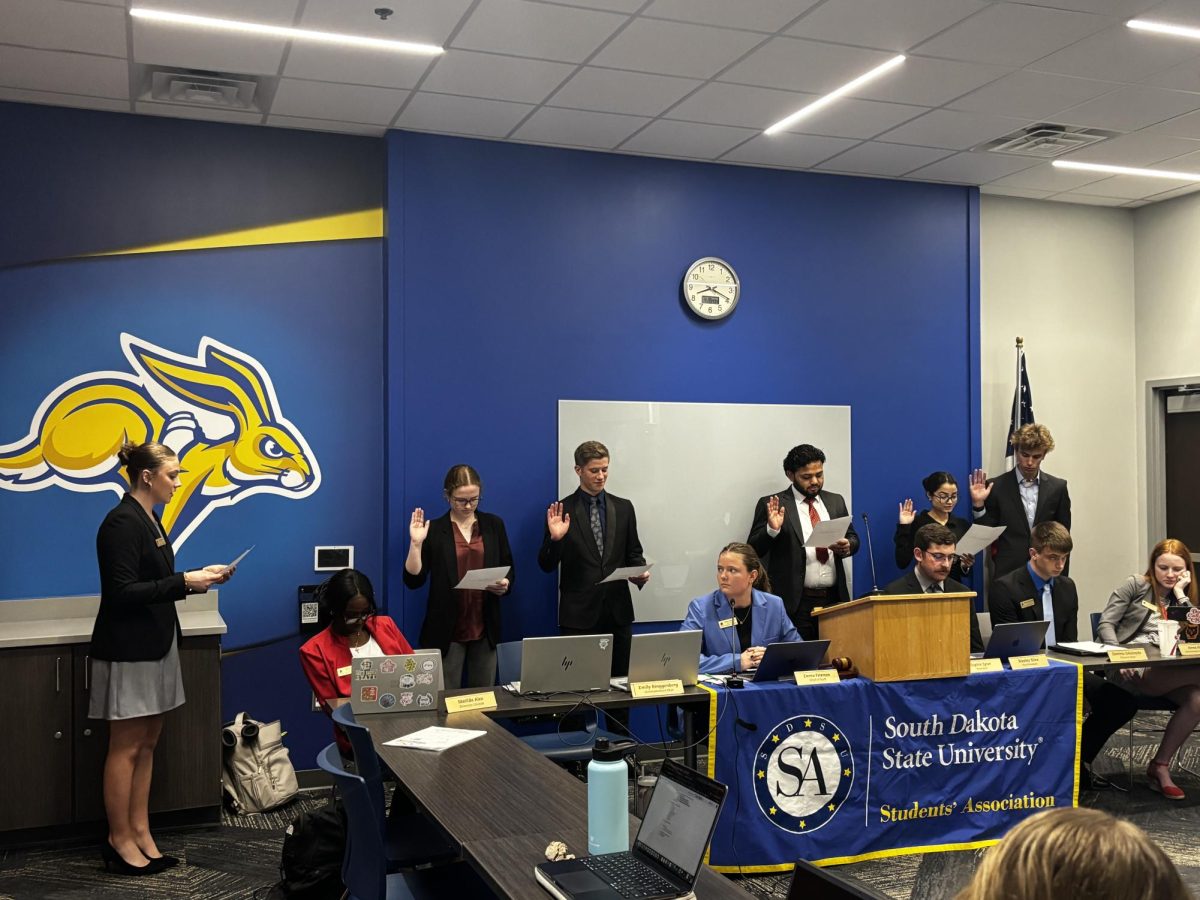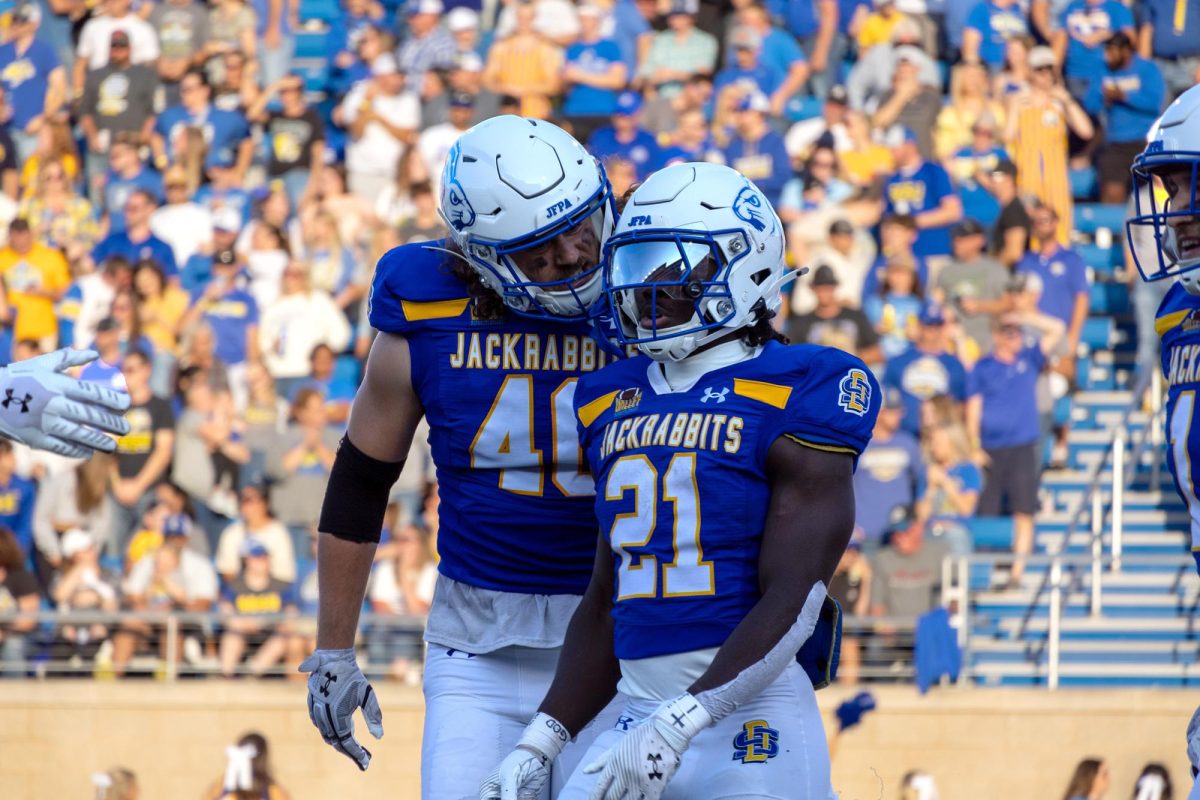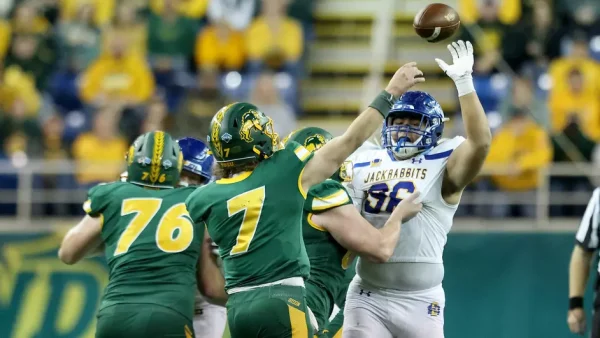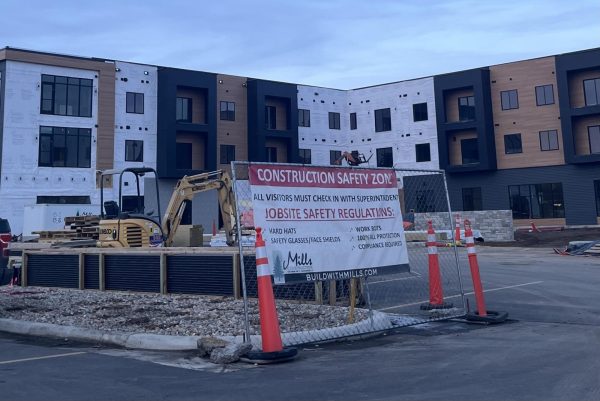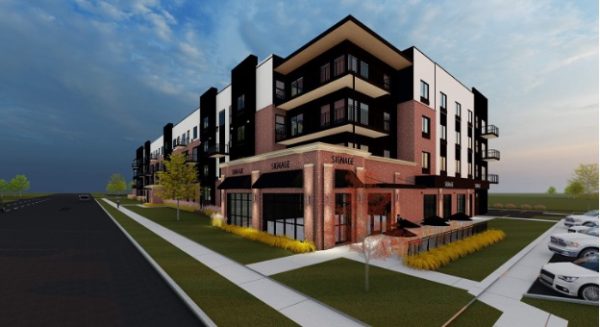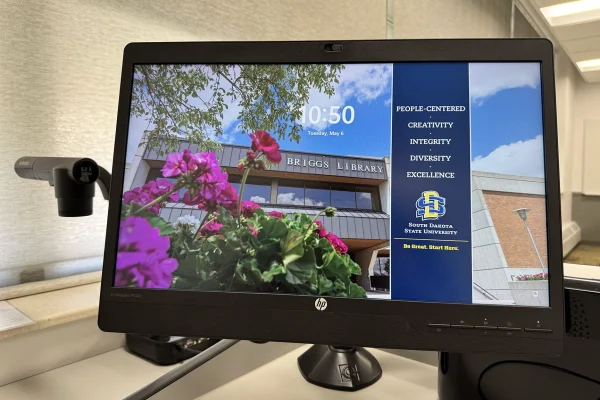22nd Annual Wacipi: Powwow celebrates traditions, culture
September 18, 2012
The 22nd annual Wacipi/Powwow hosted by SDSU’s Native American Club was a two-day event that occurred this past weekend.
Since the powwow began at SDSU 22 years ago, it has been a celebration of the native community at SDSU, and it has been a staple in SDSU culture.
With dancers from toddlers to the elderly, the powwow was a great success. Being held in the Swiftel Center this year, the Native American Club and its advisers could focus on getting the event ready and participating in it as well.
Traditionally held in the spring semester, the powwow was moved this year to the fall.
“There was always usually a blizzard or snow storm attached to the powwow,” said Scott Fleming, coordinator of SDSU’s American Indian Education and Cultural Center. “We had it in the fall this year because there’s always a lot of enthusiasm in the air this time of year. It was sort of our way of saying ‘welcome back’ to SDSU students and their families.”
Despite the sudden transition from spring to fall there were still approximately 600 tickets sold.
The convenience of holding the event at the Swiftel Center was an added benefit of having staff to help set up and clean up, but the club and staff of the American Indian Education and Cultural Center still put in countless hours.
“It isn’t made visible at the event itself, but there is definitely an inherent pedagogy involved,” said Charlotte Davidson, assistant director of the AIECC. “We spent a lot of late nights putting the event together, and a lot of the education happens when you involve yourself in these cultural events.”
Davidson said that the students who were involved in the event learned so much by just participating in the organizing and getting the event ready to go.
“A lot of tribal education relates to these events,” Davidson said. “You can’t find these life lessons on Google, whether you’re dancing or helping to facilitate an event like this; it’s all a big piece.”
The Native American Club also had plenty of outside help for the event. A lot of non-native volunteers helped with the event as well as the Native American Club from USD.
“Whenever we have our powwow, the members from USD come up to help, and we go down there to help with theirs,” Fleming said. “We look past the rivalry and become a community, because the powwow is inclusive of everyone.”
Richard Meyers is the new director of tribal outreach at the American Indian Education and Cultural Center. Despite it being his first year here at SDSU and his first time being involved with the SDSU powwow, he nevertheless was positive about how it all turned out.
“I’m new here, and for the powwow to have existed and gone on for so long is a testament to what it really is,” Meyers said. “It begs the question of whether it’s really just an event or is it a portal? The campus has many wonderful opportunities to make bridges with the native community and the powwow is just one of them.”
A powwow isn’t just an event with music and dancers; it’s a celebration of people and the past. Despite being a tradition held sacred by native communities, the powwow is “a celebration of human beings, and it transcends cultures,” Meyers said.
The powwow has come and gone, and the last vestiges of it have been swept off the floor at the Swiftel Center. Despite this, the message of the powwow will continue throughout the year: acceptance, community and celebration of life.





